Egypt Expands Railway Infrastructure to Link Europe, Asia as Bridge to Saudi Arabia Faces Delays
Egypt is positioning itself as a critical node in the future Europe-Asia land transport network, leveraging its geographic location to become a logistics and infrastructure hub. The Ministry of Transport, led by Kamel El-Wazir, announced continued expansion of seven major railway lines, including three high-speed routes aimed at connecting key ports and regions across Egypt. However, progress on the long-anticipated bridge between Saudi Arabia and Egypt’s Sinai Peninsula—a cornerstone for full continental integration—remains stalled.
National Railway Expansion and Cross-Border Integration
Egypt's infrastructure push is part of a wider economic diversification and connectivity strategy, aligning with global trade shifts and transcontinental logistics development. The country is extending its railway network to support domestic mobility and prepare for future integration into the proposed trans-Eurasian rail corridor.
The high-speed railway network, one of the largest in Africa, will connect:
Ain Sokhna Port on the Red Sea to Alexandria and the Mediterranean coast.
The industrial north with the agricultural south via a line extending to Aswan.
Key cities and logistics hubs to neighboring African and potentially Asian countries.
Yet, the delay of the Saudi-Egypt land bridge, initially envisioned to span the Strait of Tiran, hinders the complete physical connection between Gulf rail networks and Egypt’s domestic infrastructure. This limits Egypt's immediate integration into the Gulf Cooperation Council (GCC) transport grid, delaying its function as a true transcontinental transit point between Asia and Europe.
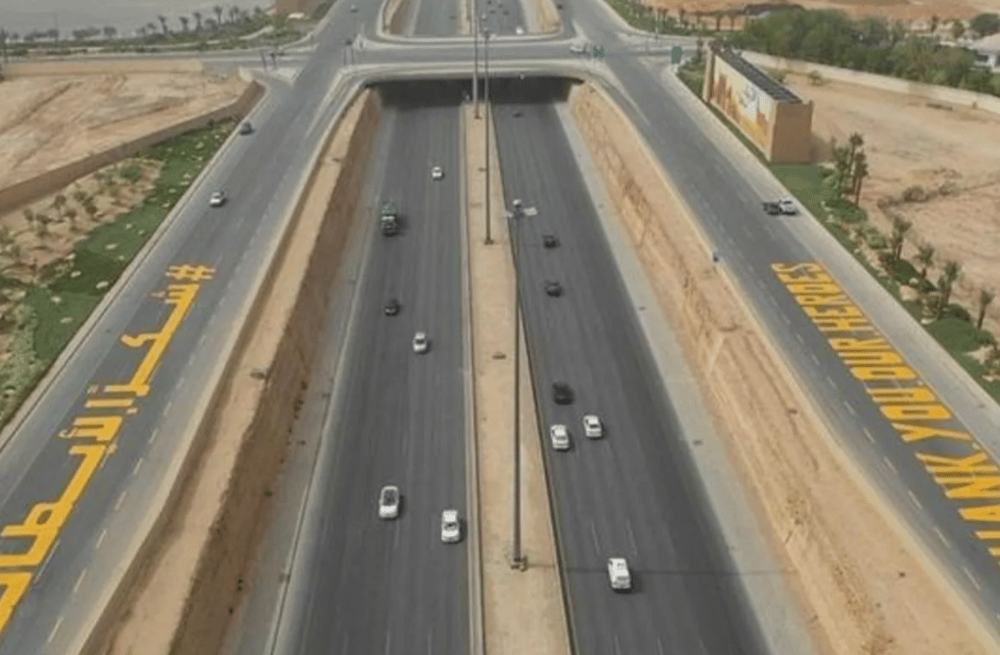
Quick Facts
Project Scope: 7 railway corridors under development
High-Speed Lines: Sokhna–Alexandria, Sokhna–Aswan
Cross-Border Component: Delayed Saudi-Egypt bridge
Strategic Vision: Intercontinental logistics hub
Challenges: Geopolitical sensitivities, engineering complexity
Market and Regional Impacts: Infrastructure, Trade Routes, and Geopolitics
The success of Egypt’s railway modernization strategy has implications beyond national borders. As Red Sea trade routes face increasing geopolitical risks, overland corridors gain importance in global supply chain planning. A fully integrated Europe–Asia rail route via Egypt could:
Reduce shipping time for freight between East Asia and Southern Europe.
Increase Egypt’s transit revenues and strengthen EGP (Egyptian Pound) through logistics-driven GDP contributions.
Enhance Egypt’s diplomatic leverage within both African Union and Middle Eastern alliances.
However, the absence of a completed land bridge to Saudi Arabia remains a strategic bottleneck. Without direct linkage, freight must be rerouted through the Suez Canal or air cargo alternatives—both more costly and vulnerable to disruption.
From an investment perspective, Egypt’s infrastructure buildout could attract sovereign funds and multilateral lenders, especially as global transport networks seek redundancy and diversification amid Red Sea tensions, Suez blockages, and climate disruptions.
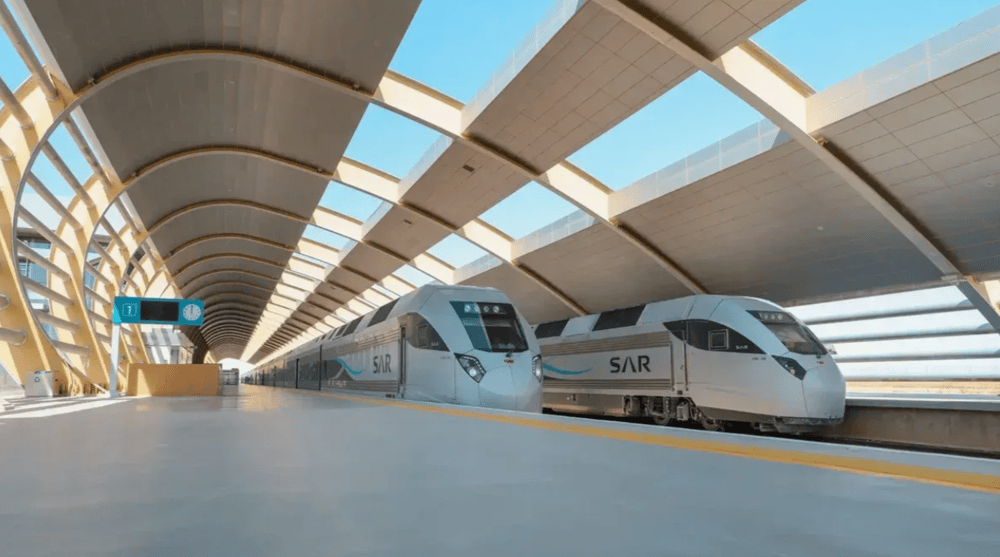
Key Takeaways
Egypt is constructing three major high-speed rail lines to link coasts and strategic regions.
The infrastructure push is part of a broader vision to integrate into the Asia-Europe land corridor.
Delays in the Saudi-Egypt bridge project hinder full transcontinental connectivity.
The corridor’s completion could shift trade volumes away from maritime routes, including the Suez Canal.
Geopolitical, environmental, and financial risks influence the pace and impact of this initiative.
Strategic Opportunity Amid Infrastructure Constraints
Egypt’s rail expansion is a calculated move to leverage its geographic advantage in the global transport ecosystem. With freight infrastructure becoming a critical component of economic resilience, Egypt seeks to secure its place in the New Silk Road architecture. However, the stalled Saudi-Egypt bridge reflects the technical and diplomatic complexities of cross-border megaprojects.
As intercontinental freight corridors grow in relevance, the pressure to complete regional links—including those spanning political boundaries—will intensify. Egypt’s success in becoming a Eurasian transport hub hinges not only on domestic execution but also on resolving outstanding geopolitical and engineering challenges at its eastern gateway.


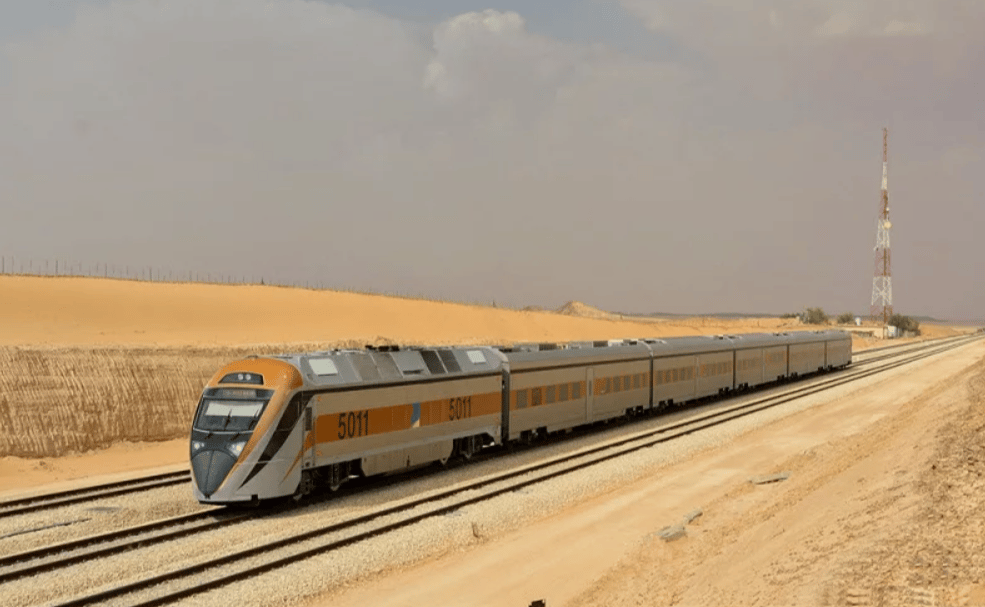

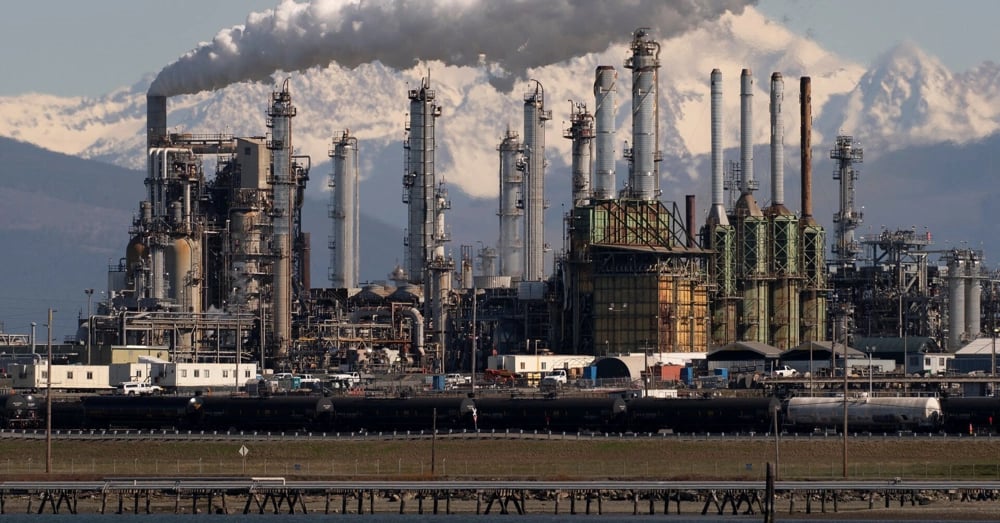




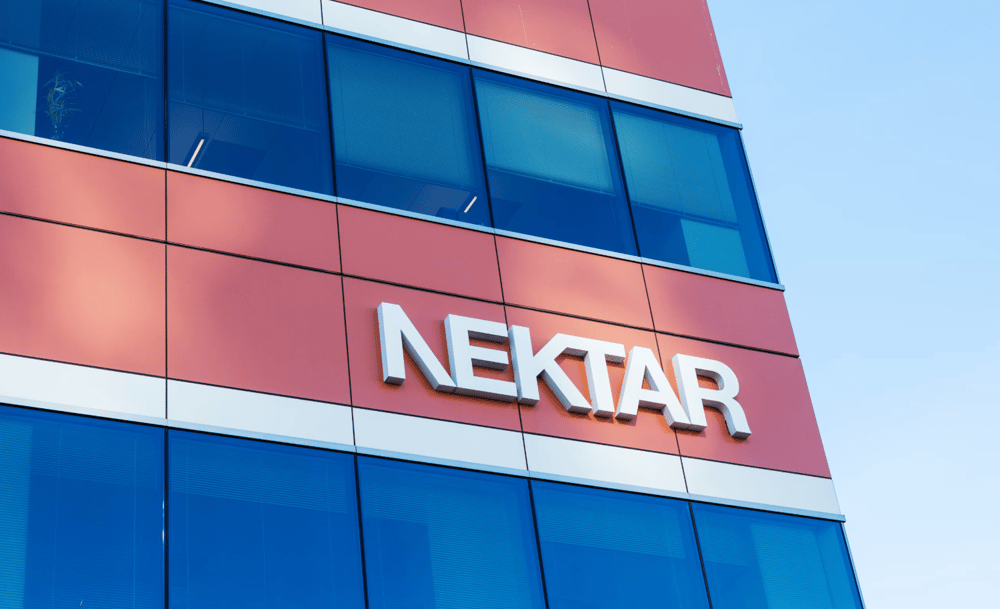

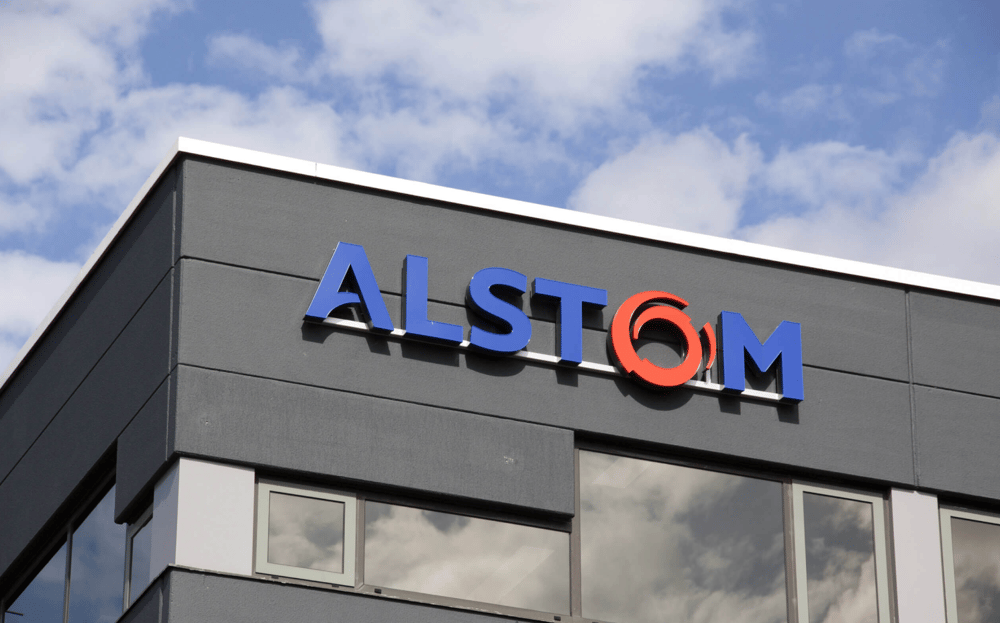
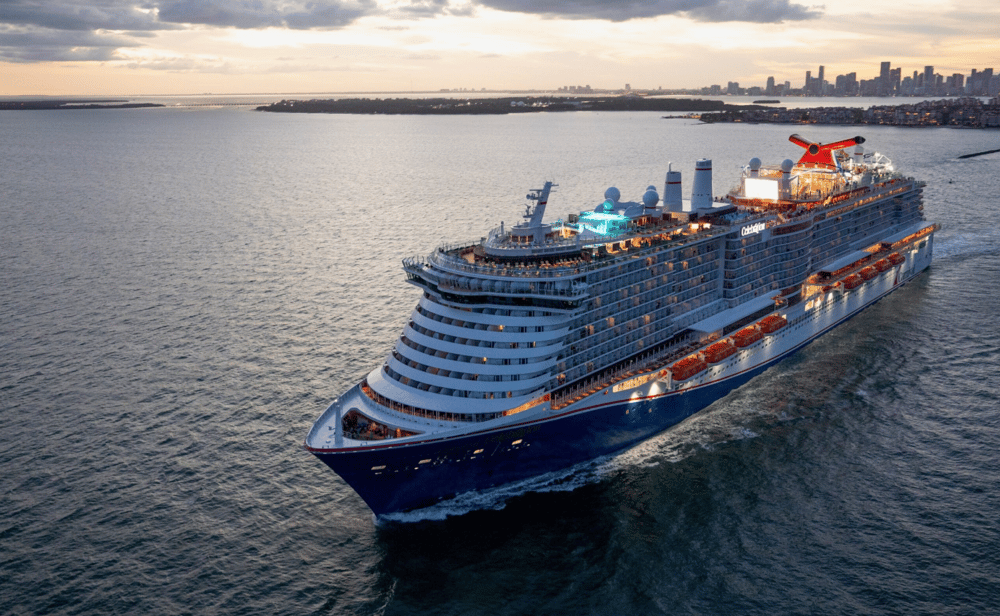
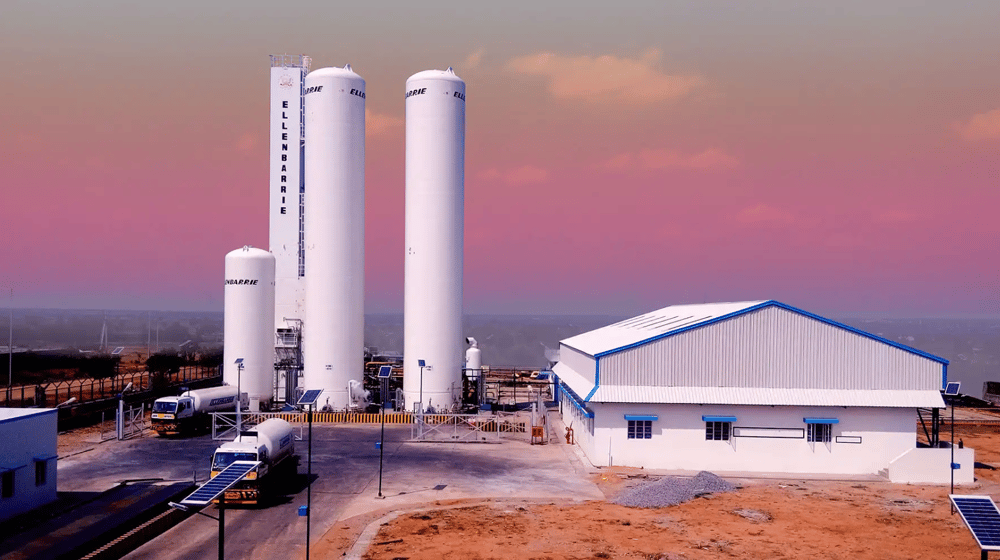

Comments
Egypt's growing railway network shows promise for global connectivity, though unresolved infrastructure remains a sticking point.